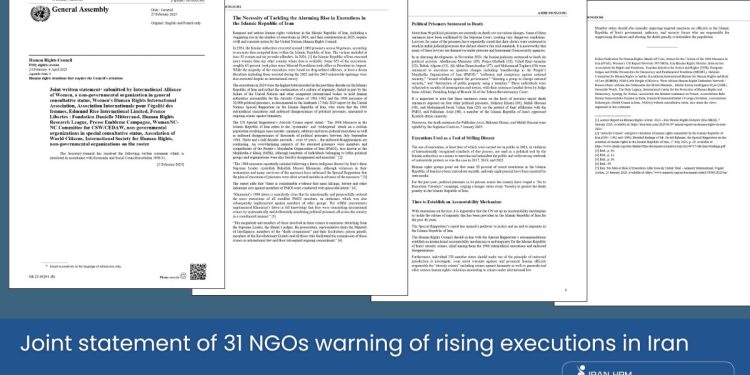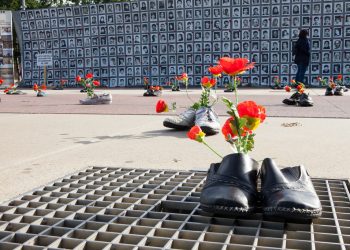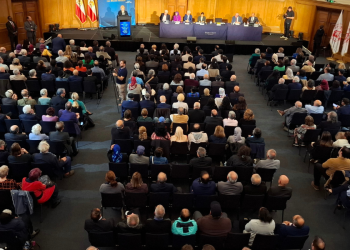As one of the signatories, Iran HRM joins 30 NGOs in a joint statement warning of rising executions in Iran, emphasizing the imminent risk to political prisoners Pakhshan Azizi, Behrouz Ehsani, and Mehdi Hassani.
https://x.com/IranHrm/status/1895477684727062564
The Necessity of Tackling the Alarming Rise in Executions in the Islamic Republic of Iran
Rampant and serious human rights violations in the Islamic Republic of Iran, including a staggering rise in the number of executions in 2024, and their continuation in 2025, require swift and concrete action by the United Nations Human Rights Council.
In 2024, the Iranian authorities executed around 1,000 prisoners across 86 prisons, according to accurate data compiled from within the Islamic Republic of Iran. The victims included at least 32 women and six juvenile offenders. In 2024, [1] the Islamic Republic of Iran executed
more women than any other country where data is available. Some 653 of the executions, roughly 65 percent, took place since Masoud Pezeshkian took office as President in August.
While the majority of the executions were based on drug-related offenses, at least a dozen dissidents including those arrested during the 2022 and the 2019 nationwide uprisings were also executed despite an international outcry.
The executions in 2024 were the highest total recorded in the past three decades in the Islamic Republic of Iran and reflect the continuation of a culture of impunity, fueled in part by the failure of the United Nations and other competent international bodies to hold Iranian authorities accountable for the Atrocity Crimes of 1981-1982 and the 1988 massacre of 30,000 political prisoners, as documented in the landmark 17 July 2024 report by the United Nations Special Rapporteur on the Islamic Republic of Iran, who wrote that the 1988 extrajudicial executions and enforced disappearances of political prisoners, amounted to ongoing crimes against humanity.
The UN Special Rapporteur’s Atrocity Crimes report stated: “The 1988 Massacre in the Islamic Republic of Iran refers to the ‘systematic’ and ‘widespread’ attack on a civilian population resulting in mass murder, summary, arbitrary and extra-judicial executions as well as enforced disappearances of thousands of political prisoners between July–September 1988. Three and a half decades onwards – over 35 years – the enforced disappearances are continuing. An overwhelming majority of the executed prisoners were members and sympathisers of the People’s Mojahedin Organisation of Iran (PMOI), also known as the Mujahedin-e Khalq (MEK), although hundreds of individuals belonging to leftist political
groups and organisations were also forcibly disappeared and executed.” [2]
“The 1988 massacre reportedly initiated following a fatwa (religious decree) by Iran’s then Supreme Leader Ayatollah Ruhollah Musavi Khomeini, although witnesses in their testimonies and many survivors of the massacre have informed the Special Rapporteur that the plan of execution of prisoners were afoot several months in advance of the massacre.” [3]
The report adds that “there is considerable evidence that mass killings, torture and other inhumane acts against members of PMOI were conducted with genocidal intent.” [4]
“Khomeini’s 1988 fatwa is manifestly clear that he intentionally and purposefully ordered the mass executions of all steadfast PMOI members, an ordinance which was also subsequently implemented against members of other groups. The willful executioners implemented Khomeini’s fatwa in full knowledge that they were committing international crimes by systematically and deliberately murdering political prisoners all across the country
in a coordinated manner.” [5]
“The magnitude and numbers of those involved in these crimes is enormous stretching from the Supreme Leader, the Sharia’s judges, the prosecutors, representative from the Ministry of Intelligence, members of the “death commission” and their facilitators; prison guards, members of the Revolutionary Guards and all those who facilitated the commission of these crimes in international law and their subsequent ongoing concealment.” [6]







